Building blocks
States of matter - AQA Synergy
Matter is made up of small particles called atoms. Atoms can exist on their own or together as molecules. Atoms are very small and around 100,000,000 of them end to end would measure one centimetre.
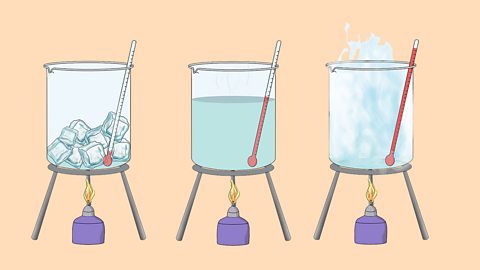
Atomic structure - AQA Synergy
Atoms consist of a nucleus containing protons and neutrons, surrounded by electrons in shells. The numbers of subatomic particles in an atom can be calculated from its atomic number and mass number.
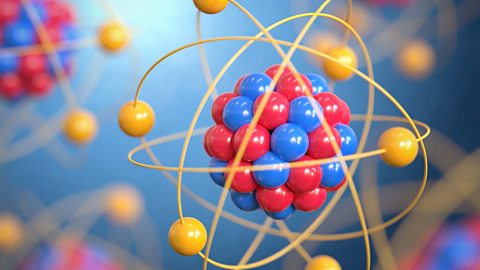
Cells in animals and plants - AQA Synergy
Organisms are made up of cells. Most organisms are multicellular and have cells that are specialised. Microscopes produce magnified images of cells.
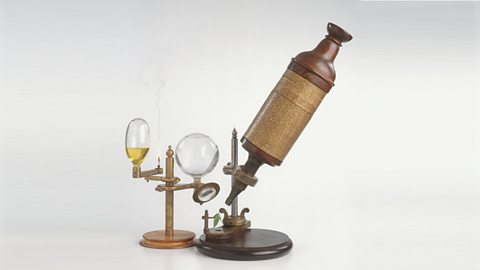
Transport into and out of cells - AQA Synergy
For an organism to function, substances must move into and out of cells. Three processes contribute to this movement – diffusion, osmosis and active transport.

Cell division - AQA Synergy
There are two types of cell division. Mitosis produces two identical diploid daughter cells. Meiosis produces four non-identical haploid gametes (sex cells).
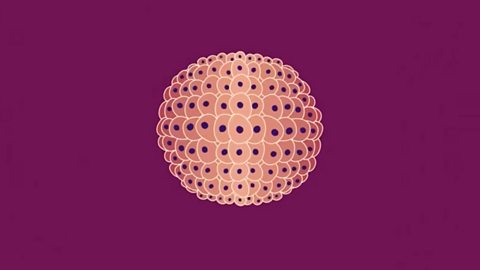
Waves - AQA Synergy
Waves are one way in which energy may be transferred between stores. Both mechanical and electromagnetic waves will transfer energy without matter being transferred.
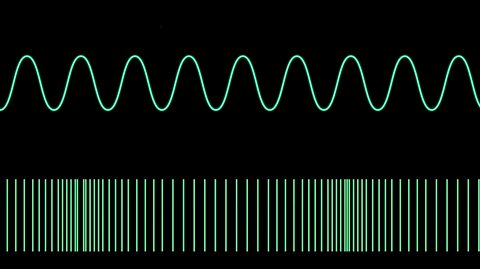
Sample exam questions - building blocks - AQA Synergy
Understanding how to approach exam questions helps to boost exam performance. Question types will include multiple choice, structured, mathematical and practical questions.

Links
- External linkExternal link
- External linkExternal link
- SubscriptionSubscription
- External linkExternal link
- External linkExternal link
- SubscriptionSubscription
- External linkExternal link
- External linkExternal link
- SubscriptionSubscription